Top ways to improve RBC
1. Eat Copper rich foods:
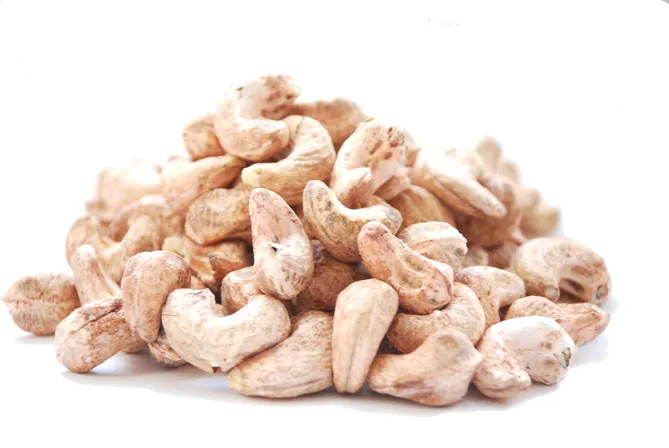
Copper does not directly help in the production of Red Blood Cells, but it assists RBC to access iron, required to replicate itself. Less intake of copper can make the entire process difficult. Eating copper-rich foods like shellfish, such as oysters and crabs, cashews, chocolate, sunflower seeds, sesame seeds, potatoes, mushrooms, tofu, chickpeas, avocados and fish can make the production of RBC easy.
2. Increase Vitamin C Intake:
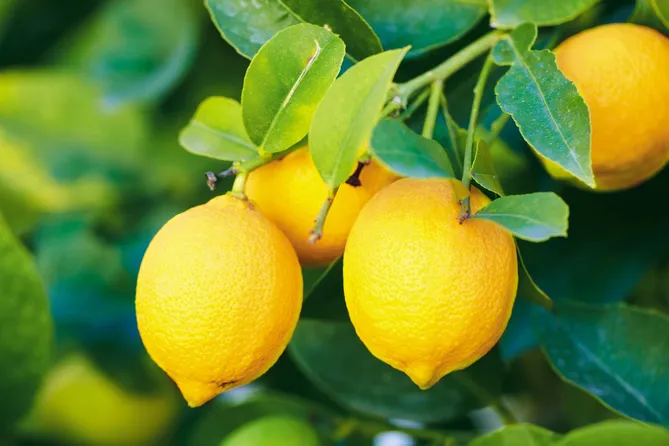
Just like copper, vitamin c also does not directly affect the production of the RBC, but improves the absorption of iron in the body. Vitamin C (also known as ascorbic acid) is a vitamin found in various foods and sold as a dietary supplement. Vitamin C was discovered in 1912, isolated in 1928, was the first vitamin to be chemically produced. It is on the World Health Organization's List of Essential Medicines. Vitamin C is available as an inexpensive generic and over-the-counter medication. Vitamin C is a potent antioxidant, which can promote skin health and strengthen your immune system. Additionally, vitamin C is key for maintaining your metabolism and supporting your nervous system. Iron is critical for moving oxygen around the body, so iron mainly promotes cardiovascular health. Iron also plays a role in your body’s metabolism. It is important to have a combination of both iron and vitamin C as the latter is a carrier rich molecule that can be used for better absorption of iron. Vitamin C occurs in a variety of foods like kiwifruit, red and green peppers, baked potatoes, tomatoes, strawberries, broccoli, oranges and grapefruit juice.
3. Eat Folate:
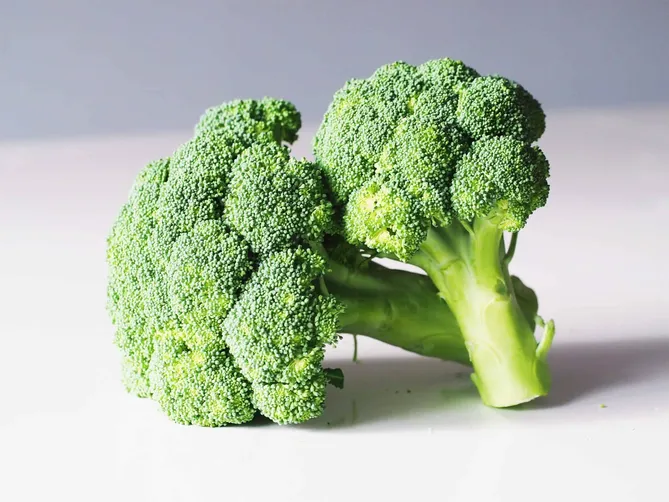
Folate, also known as vitamin B9 and folacin, is one of the B vitamins. Folate in the form of folic acid is used to treat anemia caused by folate deficiency. Not consuming enough folate can lead to folate deficiency. This may result in a type of anemia in which red blood cells become abnormally large. Symptoms may include feeling tired, heart palpitations, shortness of breath, open sores on the tongue, and changes in the color of the skin or hair. Leafy green vegetables like spinach, peas and lentils are some excellent sources of folate. Both adults and children need folate to make normal red and white blood cells and prevent anemia, which causes fatigue, weakness, and inability to concentrate.
4. Vitamin B12:
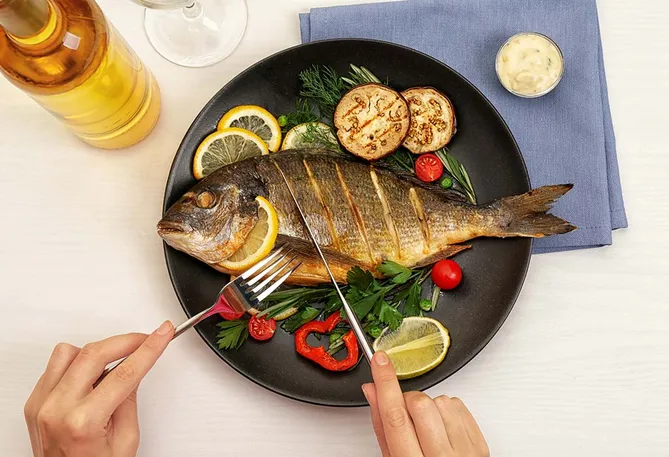
Vitamin B12, also known as cobalamin, is a water-soluble vitamin. Deficiency of this nutrient can lead to abnormal development of RBC and prevent their growth, which is termed as megaloblastic anaemia. This anemia is a red blood cell defect that can lead to an undersupply of oxygen. Vitamin B12 is primarily formed in the dairy products and animal-based sources of foods like red meat, fish, and shellfish. Besides, breakfast cereals are also fortified with vitamin B12. Vitamin B12 deficiency can potentially cause severe and irreversible damage, especially to the brain and nervous system. At levels only slightly lower than normal, a range of symptoms such as fatigue, lethargy, difficulty walking (staggering balance problems), depression, poor memory, breathlessness, headaches, and pale skin, among others, may be experienced especially in people over age 60.
5. Iron-rich foods:
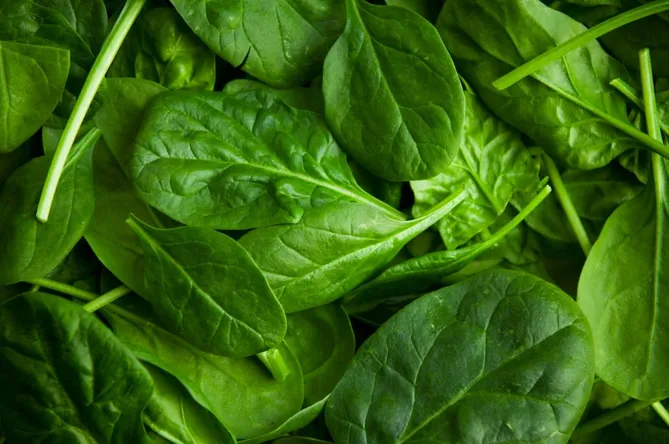
Your body needs iron and other nutrients to make hemoglobin and healthy red blood cells. Iron deficiency is a common cause of anaemia and to overcome this include more iron-rich foods. This nutrient helps to boost the production of haemoglobin, a protein found on red blood cells, which in turn, increases the count of RBC. The top iron rich foods include green leafy vegetables like spinach, beetroot, tofu, asparagus, chicken liver, whole egg, oysters, apple, pomegranate, apricot, watermelon, prunes, pumpkin seeds, dates, almonds, raisins, amla and jaggery.
